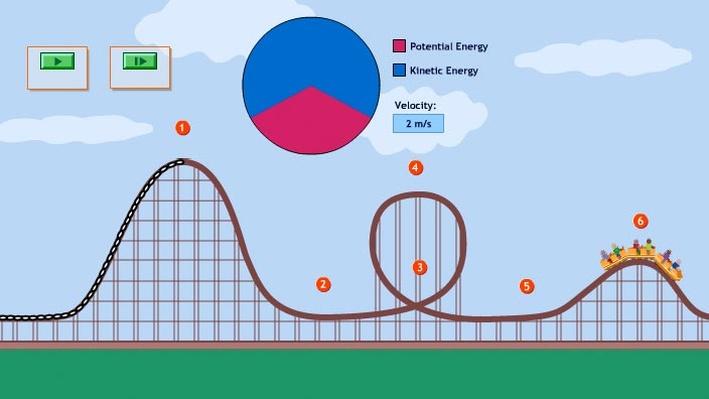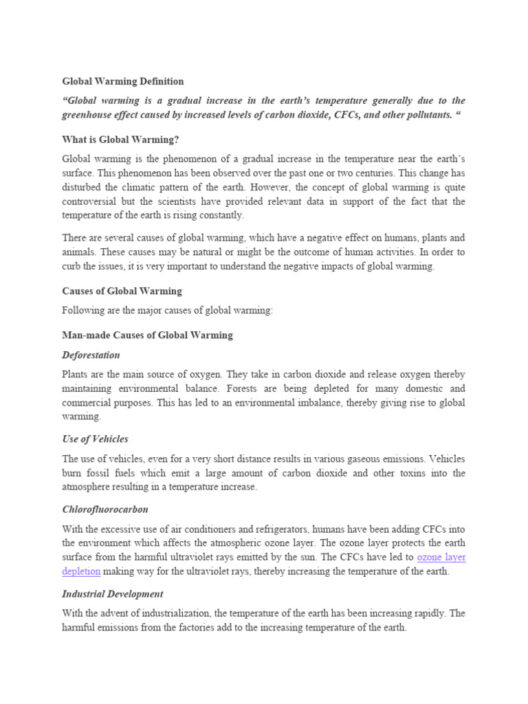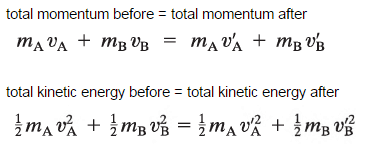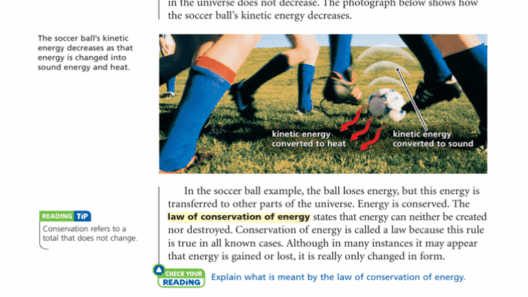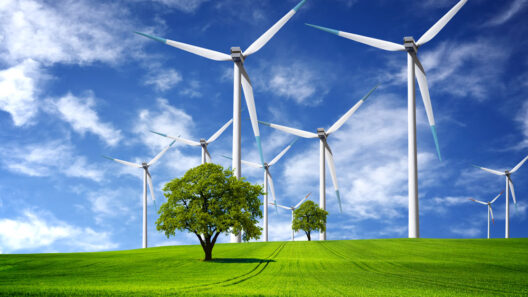Energy is a fundamental concept that governs all physical interactions in the universe, and its conservation is a pivotal principle in understanding the mechanics of a roller coaster. The seemingly simple experience of racing down tracks and soaring upward is rooted in the intricate dance of potential and kinetic energy. Harnessing the laws of physics, roller coasters travel exhilarating heights and execute thrilling drops, all while encapsulating essential lessons about energy conservation. This article will dissect the complex physics behind roller coaster energy, ensuring a shift in your perspective regarding these amusement park marvels.
Roller coasters epitomize the transformation of energy, predominantly between two forms: potential energy (PE) and kinetic energy (KE). By examining the mechanics of these energy types, one can unravel the underlying principles that enable the captivating journeys of roller coasters.
The Transformation of Potential and Kinetic Energy
At the zenith of a roller coaster, perched atop the tallest hill, the ride accumulates immense potential energy. This energy is contingent on two crucial factors: the height of the hill and the mass of the coaster along with its passengers. Essentially, the higher the elevation, the greater the potential energy, as expressed by the formula PE = mgh, where m is mass, g is the acceleration due to gravity, and h is height. As the coaster reaches the apex of its ascent, riders are filled with an exhilarating anticipation; the potential energy stored in the coaster reaches its maximum point.
Descending from this pinnacle, the roller coaster transforms its stored potential energy into kinetic energy, which is the energy of motion. When the coaster plunges downwards, it accelerates due to gravitational pull, thus converting its potential energy into kinetic energy. The higher the starting point, the greater the speed achieved at the lowest point of the drop, following the equation KE = 1/2 mv². Here, v represents velocity, and it’s this velocity that contributes to the thrill of the ride. The exhilarating feeling of weightlessness at the crest of a drop and the rapid acceleration hurling you forward are all tangible manifestations of the energy transformation taking place.
The Conservation of Energy Principle at Play
It is crucial to note that throughout a roller coaster’s journey, the total mechanical energy remains constant, assuming negligible friction and air resistance. This principle of energy conservation states that energy cannot be created or destroyed; it merely changes forms. As riders experience the peaks and loops, energy transitions seamlessly between potential and kinetic states. For instance, as the coaster ascends, kinetic energy decreases while potential energy increases, and vice versa as it descends.
Friction and air resistance inevitably alter this dynamic, dissipating energy as heat and lessening the overall mechanical energy. Engineers must meticulously design roller coasters to mitigate these forces, ensuring that the rides maintain sufficient energy to complete their circuits without stalling. By mastering this delicate balance between energy forms, roller coaster designers enhance not only the enjoyment but also the safety of each ride.
The Art of Designing Roller Coaster Loops
Loops in roller coasters are a marvel of engineering that further exemplify energy conservation principles. As the coaster ascends the loop, it gains potential energy, transforming into kinetic energy as it descends. At the loop’s apex, kinetic energy diminishes while potential energy peaks momentarily. Understanding the physics behind this transition can prompt curiosity about the forces acting on passengers. The combined effects of gravity and centripetal force create thrilling sensations experienced by riders, teasing the limits of human tolerances while challenging the laws of physics. Engineers must calculate the exact dimensions and angles of loops to ensure the ride is simultaneously exhilarating and safe.
Harnessing Gravity: The Role of Initial Velocity
The journey of a roller coaster begins with an initial ascent powered by a chain lift or launch mechanism. This critical first phase establishes the initial potential energy, which propels the ride through subsequent hills, loops, and curves. The initial velocity of the coaster plays a significant role in determining how high it can ascend and what exhilarating maneuvers it can execute.
In certain designs, magnetic propulsion or hydraulic launches provide the necessary energy to achieve the starting velocity, thereby enhancing the overall enjoyment and experience. Such cutting-edge techniques exemplify how science continually pushes the boundaries of traditional roller coaster design, inviting a broader discourse on the role of energy efficiencies in amusement engineering.
Conclusion: A Synthesis of Physics, Engineering, and Thrill
Understanding the physics behind roller coasters allows for a deeper appreciation of the intricate craftsmanship involved in their design. The interplay of potential and kinetic energy not only governs their thrilling highs and breathtaking drops but also embodies fundamental laws of nature. In acknowledging this dynamic, we not only cultivate a greater respect for the engineering marvels that grace our amusement parks but also draw connections to broader themes of energy conservation, innovation, and safety. Roller coasters serve as a vivid reminder of the wonders of physics, beckoning us to explore the delicate balance of forces that swirl in every exhilarating ride.



